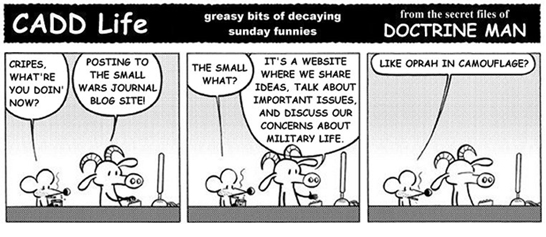Coalition in Afghanistan Completes Investigation Into Aug. 22 Engagement -
American Forces Press ServiceBAGRAM AIRFIELD, Afghanistan, Sept. 2, 2008 -- Intense enemy fire justified actions taken by Afghan and U.S. forces during an Aug. 22 engagement in which several civilians and more than 30 Taliban fighters were killed in western Afghanistan, a coalition investigation has concluded.
The investigation found that Afghan and U.S. forces began taking fire from Taliban militants as the combined force approached its objective in Azizabad, Herat province, during a planned offensive operation in the pre-dawn hours.
The intensity of the enemy fire justified use of well-aimed small-arms fire and close-air support to defend the combined force, investigators concluded, adding that the type and application of fires were used in accordance with existing rules of engagement.
The investigation found that 30 to 35 Taliban militants were killed, and it revealed evidence suggesting a known Taliban commander, Mullah Sadiq, was among them, officials said. Five to seven civilians were killed, the investigation determined. Two civilians were injured and were treated by coalition forces, and five Taliban were detained.
Officials said investigators determined the range in the casualty numbers by observation of the enemy movements during the engagement as well as on-site observations immediately following the engagement.
In addition, investigators discovered firm evidence that the militants planned to attack a nearby coalition base, officials said. Other evidence collected included weapons, explosives, intelligence materials, and an access badge to a nearby base, as well as photographs from inside and outside of the base.
The engagement disrupted any planned attack, officials said.
The investigating officer took statements from more than 30 Afghan and U.S. participants. The investigating officer also reviewed reports made by ground and air personnel during the engagement; video taken during the engagement; topographic photo comparisons of the area before and after the event, including analysis of burial sites; reports from local medical clinics and hospitals; intelligence reports; and physical data and photographs collected on the site, coalition officials said.
Local government officials and Afghan coalition forces were denied entry into the village the day following the event. No other evidence that may have been collected by other organizations was provided to the U.S. investigating officer and therefore could not be considered in the findings, Combined Joint Task Force 101 officials reported.
The results of the investigation were provided to Army Gen. David McKiernan, commander of NATO's International Security Assistance Force in Afghanistan, for his use as part of a joint inquiry into the incident.
Coalition officials said the investigating officer conducted the investigation using methods prescribed by U.S. Army Regulation 15-6, Procedures for Investigating Officers and Boards of Officers.
(From a Combined Joint Task Force 101 news release.)
US Rejects Claims of Afghan Deaths - Candace Rondeaux and Javed Hamdard, Washington Post
US military officials on Tuesday flatly rejected claims by the United Nations and the Afghan government that a US airstrike in western Afghanistan two weeks ago killed at least 90 Afghan civilians, saying that a complete investigation into the incident found that only five civilians were killed.
A review of video footage and photos, and an analysis of burial sites after the strike in Azizabad village in Herat province in the early morning of Aug. 22, found that 30 to 35 Taliban insurgents and five civilian relatives of a Taliban commander died in the attack, according to a summary of the findings released Tuesday. Two other civilians were injured, it said.
Interviews with 30 American and Afghan participants in the military operation further reinforced the conclusion that the incident's toll was considerably lower than those suggested by eyewitnesses, the summary said.
More at the Washington Post, New York Times and Washington Times.
Related Sites:
Combined Joint Task Force 101
NATO International Security Assistance Force


